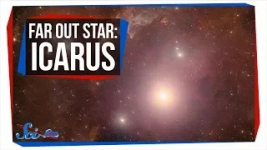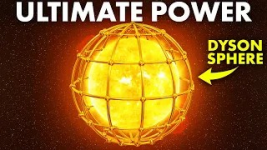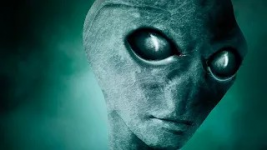Nice! this is interesting. I actually did not know that there are names for the moons of Saturn. Well, thanks for this thread, now I know hahah! It is also interesting that there is almost a name for everything. Seems like these astronomers will never run out of names. Ohhhh if it is the most habitable spot beyond Earth. There is a possibility that we will live on a moon and not a planet? hahah does gravity exist or not hahah. Thanks for this again. New learning every day! I do hope to read more like this and learn more about the wonders galaxy.
Space Thread
- Thread starter B00Mer
- Start date
You are using an out of date browser. It may not display this or other websites correctly.
You should upgrade or use an alternative browser.
You should upgrade or use an alternative browser.
Nice! this is interesting. I actually did not know that there are names for the moons of Saturn. Well, thanks for this thread, now I know hahah! It is also interesting that there is almost a name for everything. Seems like these astronomers will never run out of names. Ohhhh if it is the most habitable spot beyond Earth. There is a possibility that we will live on a moon and not a planet? hahah does gravity exist or not hahah. Thanks for this again. New learning every day! I do hope to read more like this and learn more about the wonders galaxy.
There are 82 known moons of Saturn, and most, but not all, have names. They are named after characters from mythology.
Here are the named moons in order of their orbits around Saturn, from innermost to outermost:
- Pan
- Daphnis
- Atlas
- Prometheus
- Pandora
- Epimetheus
- Janus
- Aegaeon
- Mimas
- Methone
- Anthe
- Pallene
- Enceladus
- Tethys
- Telesto
- Calypso
- Dione
- Helene
- Polydeuces
- Rhea
- Titan
- Hyperion
- Iapetus
- Kiviuq
- Ijiraq
- Phoebe
- Paaliaq
- Skathi
- Albiorix
- S/2007 S 2
- Bebhionn
- Erriapo
- Skoll
- Siarnaq
- Tarqeq
- S/2004 S 13
- Greip
- Hyrrokkin
- Jarnsaxa
- Tarvos
- Mundilfari
- S/2006 S 1
- S/2004 S 17
- Bergelmir
- Narvi
- Suttungr
- Hati
- S/2004 S 12
- Farbauti
- Thrymr
- Aegir
- S/2007 S 3
- Bestla
- S/2004 S 7
- S/2006 S 3
- Fenrir
- Surtur
- Kari
- Ymir
- Loge
- Fornjot

Pan
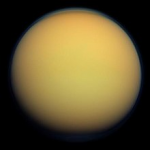
Titan, the second-largest known moon in the Solar System after Jupiter's moon Ganymede. It is larger than the planet Mercury. Our Moon is the fifth-biggest known moon in the Solar System, smaller than Mercury.
Size comparison:

Last edited:
Why is it the up and down instead of sideways?
Juno is in a polar orbit around Jupiter so that the entire planet can be mapped.
Really? Is Juno a 10 year old doing a Tic Toc video?
This animation depicts the orbit of NASA's Juno spacecraft at Jupiter in 2016 and 2017. Over about 15 months, Juno makes 33 orbits around the giant planet's poles, coming to within 3100 miles of Jupiter's cloud tops every 11 days. The movie shows how repeated passes allow Juno to map the entire planet over the course of the mission. Jupiter rotates every 10 hours, and Juno's 11-day-long orbit is timed so that during each close approach, the spacecraft flies over a different swath of the planet. By the end of the mission, Juno's accumulated coverage wraps Jupiter in a web with lines spaced 12 degrees apart around the planet. Green and blue orbit lines indicate different science activities that are the focus of those orbits (gravity science or microwave radiometry, respectively). The yellow-colored orbit is a final pass held in reserve for additional science activities, and the red orbit represents the de-orbit into Jupiter at the conclusion of the science mission.
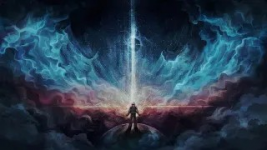
A Journey to the End of the Universe
Could humans ever travel to other galaxies within their lifetime? The immense scale of the Universe seems to prohibit such voyages, after all the nearest galaxy is so far away that it takes light itself - the fastest thing in the Universe - 2.5 million years to complete the trip. Remarkably, there is a trick that might allow humans to accomplish this feat - join us today as we step onboard the constantly accelerating spaceship!Written and presented by Professor David Kipping.
Did it look right?
Well it looks like Jupiter to me, and it's consistent with the polar orbit of Juno around the gas giant.
Mars: Nasa's Perseverance rover sends stunning images
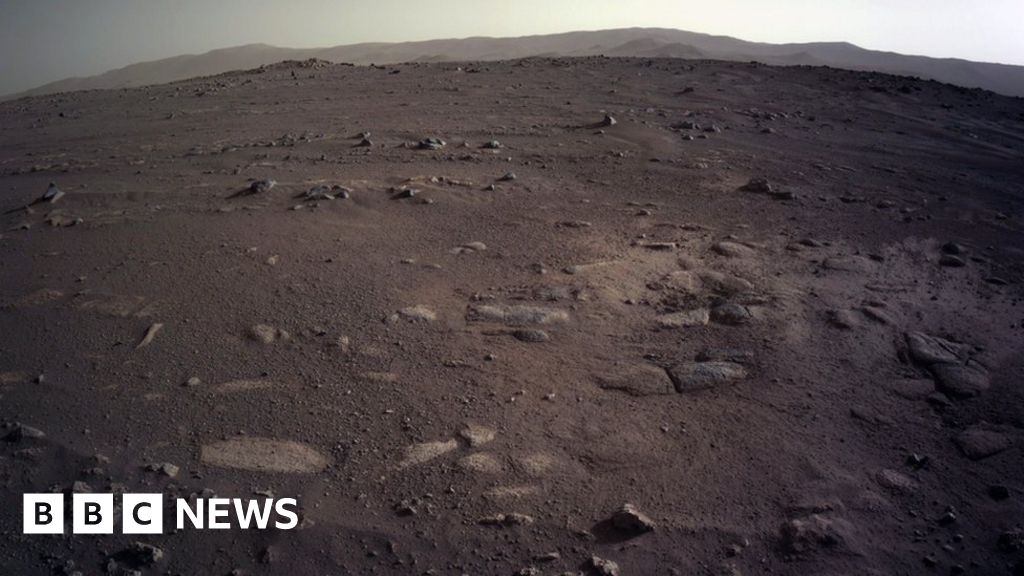
Mars: Nasa's Perseverance rover sends stunning images
Amazing images as Nasa's Perseverance rover lands on Mars and seeks signs of past microbial life.
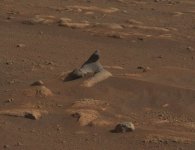
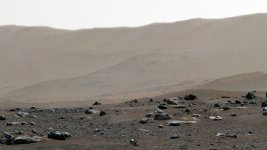
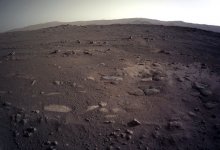
The Solar System right now (not to scale):
 www.theplanetstoday.com
www.theplanetstoday.com
The Planets Today : A live view of the solar system
The planets today shows you where the planets are now as a live display - a free online orrery. In this solar system map you can see the planetary positions from 3000 BCE to 3000 CE, and also see when each planet is in retrograde.
